
Trucks carrying coal from Laos to Quang Tri, traveling on National Highway 15D – Photo: HOANG TAO
On August 27, the Office of the Quang Tri Provincial Party Committee announced that it had just received a notice of agreement from the Standing Committee of the Provincial Party Committee to agree in principle for the Provincial People's Committee to consider and approve the project of a warehouse for goods gathering in A Deng village (A Ngo commune, Dakrong district).
The Provincial People's Committee is assigned to direct departments, branches and localities to evaluate and review the financial capacity of investors; guide investors to complete documents and procedures in accordance with legal regulations.
After the project investment policy is approved, the investor is required to commit to implementing the project according to the correct goals and schedule.
According to the Department of Planning and Investment of Quang Tri, this project was proposed by Nam Tien Company Limited, with the goal of warehousing and storing goods; loading and unloading goods; transporting goods by road; and other support services related to transportation...
The project uses 12.5 hectares of land, has a design capacity of 30 million tons/year (phase 1 is 15 million tons/year), total investment capital of 715 billion VND, operating for 30 years.
The construction of a cargo staging area will help boost coal imports from Laos to Vietnam in the coming time.
The investor proposes the investment preparation phase in the third quarter of 2024, phase 1 to the fourth quarter of 2025 and phase 2 in the fourth quarter of 2031.

Coal mine in Sekong province (Laos) with most of its reserves exported to Vietnam – Photo: HOANG TAO
Currently, the volume of coal imported from Laos to Vietnam through the international border gate pair La Lay (Dakrong district) - La Lay (Salavan province, Laos) is very large, peaking at 12,000 tons/day, with about 500 vehicles passing through.
However, the border gate areas on both sides of Vietnam and Laos are not large, there is no cargo staging area, the infrastructure has degraded, so there are often prolonged traffic jams, posing many potential risks to traffic safety, environmental sanitation and greatly affecting traffic flow at the La Lay international border gate area.
In addition, the potential for coal import and export between the two countries through the La Lay international border gate (A Ngo commune, Dakrong district) is very large, possibly reaching 500 million tons within the next 50 years.


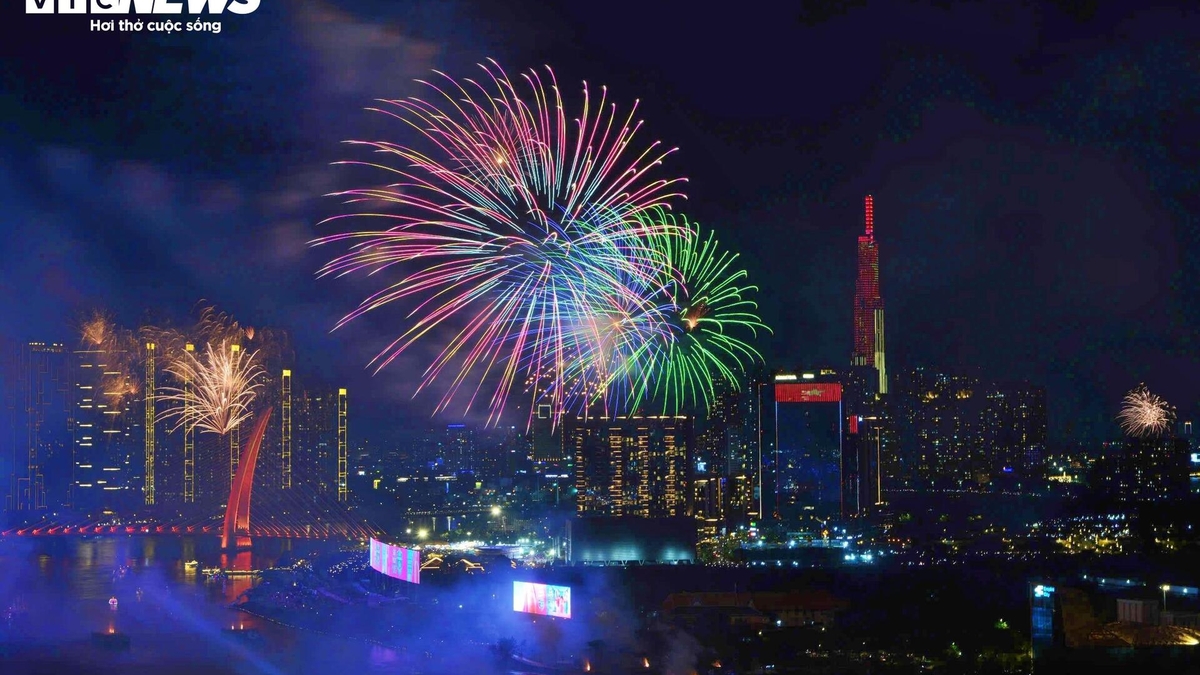

![[Photo] Fireworks light up the sky of Ho Chi Minh City 50 years after Liberation Day](https://vphoto.vietnam.vn/thumb/1200x675/vietnam/resource/IMAGE/2025/4/30/8efd6e5cb4e147b4897305b65eb00c6f)


![[Photo] Feast your eyes on images of parades and marching groups seen from above](https://vphoto.vietnam.vn/thumb/1200x675/vietnam/resource/IMAGE/2025/4/30/3525302266124e69819126aa93c41092)
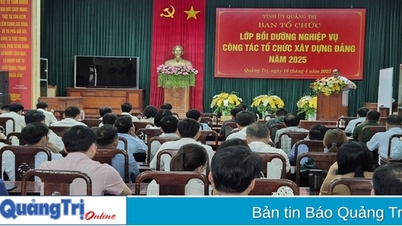
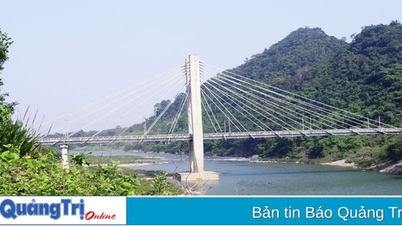




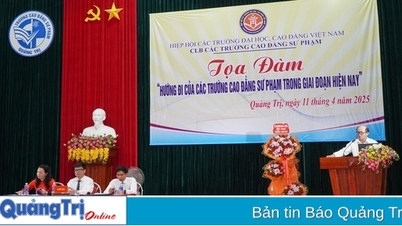
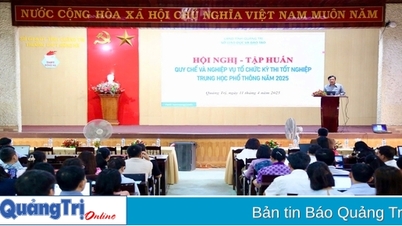
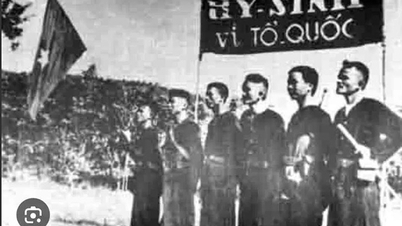
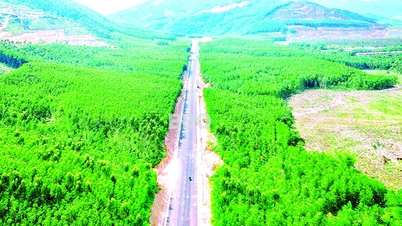

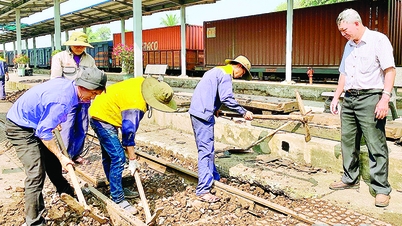
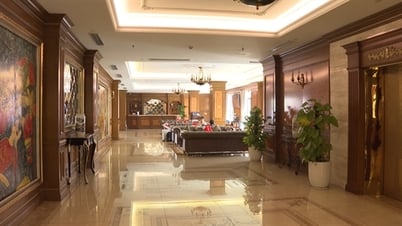





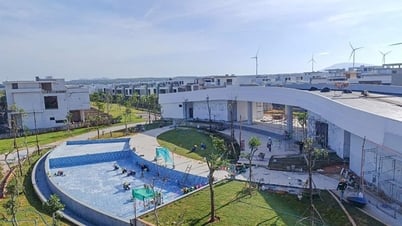


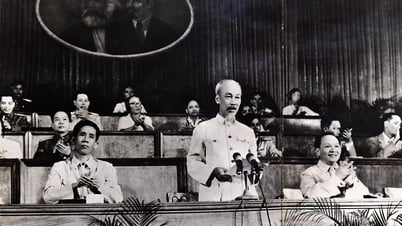
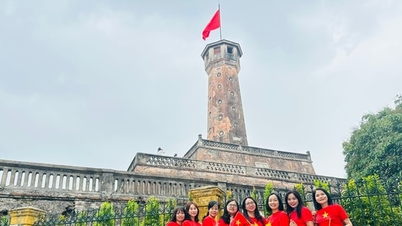


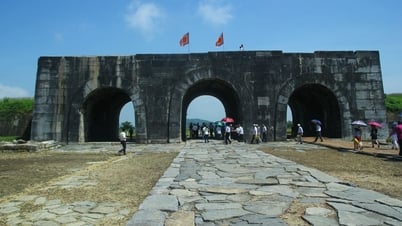



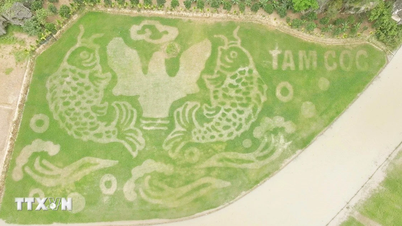











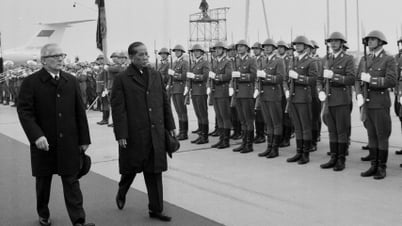
















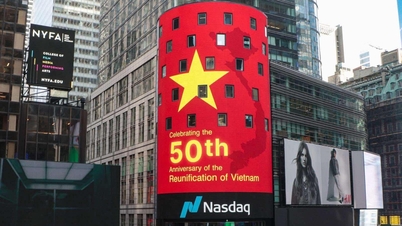














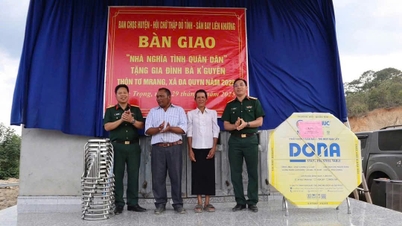

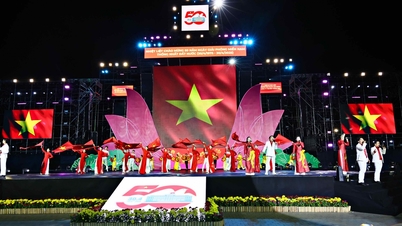













Comment (0)